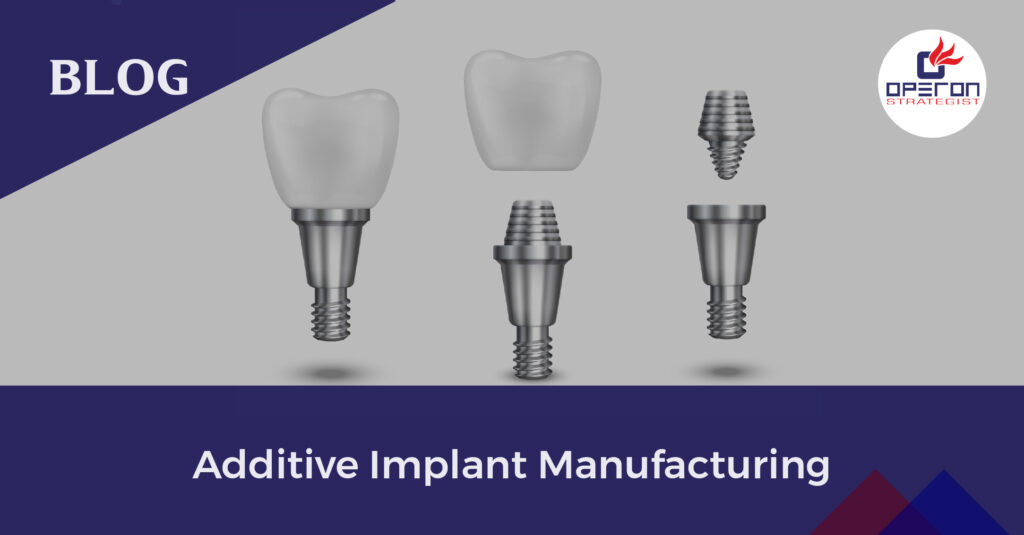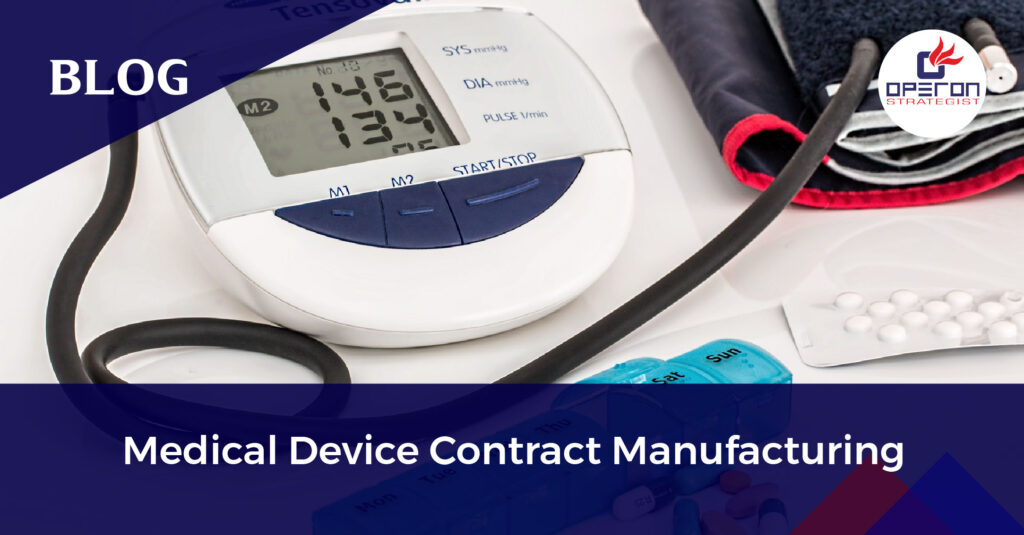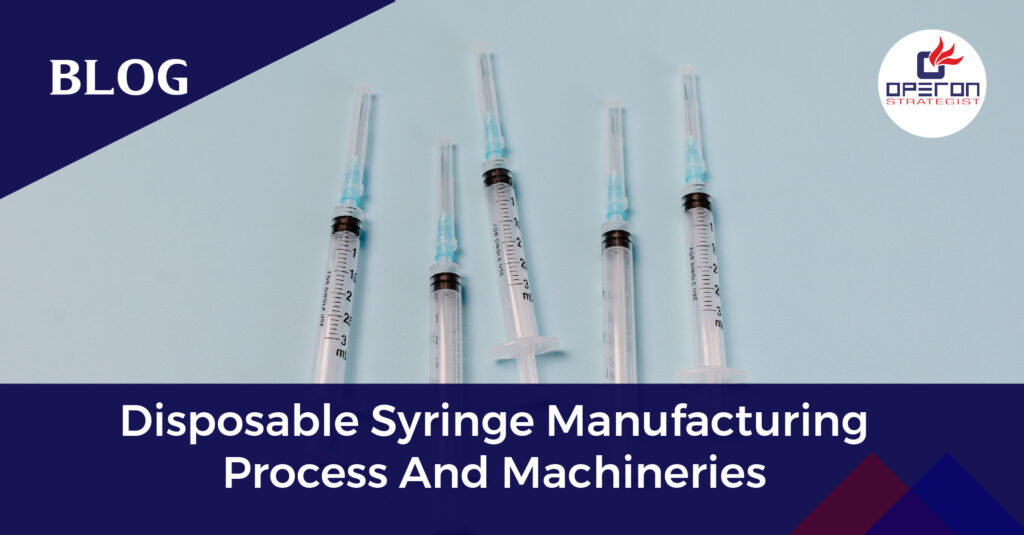Overview of Additive Implants Manufacturing
Additive implant manufacturing is complex and demanding process focused on fulfilling requirements regarding materials, machining technologies and functionality. Orthopedic implants as well as surgical instruments are booming in the medical devices industry. Implant designs are becoming more complex and more effective in terms of ease of installation and patient outcomes; it is because of the improvements in implant manufacturing processes.
Looking for Medical Device Regulatory Consultants?
FDA provide guidance document on Additive manufactured devices ,which explains the technical considerations associated with Additive implant manufacturing. This guidance covers two broad areas as Design and manufacturing consideration & device testing consideration. the design & manufacturing consideration addresses the part fulfilling the quality system (QS)requirement . Manufacturer need to ensure that specified design should meet the requirement of 21CFRpart820.We provide guidance on technical recommendations associated with the additive implant manufacturing.
There are some Active implantable medical devices which are powered devices that are inserted into a patient’s body, through either a natural orifice or by surgical means, and are intended to remain in the patient’s body after the procedure. Such devices are usually battery powered, and the power supply can either be contained in the instrument or be connected to wires that protrude from the patient’s body. Early cardiac pacemakers, for example, were powered (and operated) by an external unit that could be worn by the patient. The first fully implantable devices were powered by plutonium, but most modern versions use internal lithium batteries that can last up to fifteen years.
Additive implant manufacturing, both metal and plastic, continues to expand design options, improving implant functionality and complexity. Additive manufacturing offers designers exceptional opportunities to accelerate prototyping, create custom devices, support just-in-time manufacturing (including producing parts on-site at hospitals), and reduce or eliminate traditional production costs such as the development of mold tools.
Metal-based implants are still dominated by titanium. Many titanium implant components for spine, knee, and hip are now being designed for specific Plan for implant manufacturing processes. For example, features that were once impractical to machine can now be produced economically and routinely using new wire EDM machines with improved angle cutting capabilities and higher accuracy. Implants can now be designed with wire-cut features of up to 45 degrees using four-axis angle cutting, without requiring any special work piece tilting fixtures.
Many of the higher tolerances and surface finishes specified are now easily achieved due to improved EDM power supply technology and machine feedback system improvements. This allows for better Additive implant manufacturing process quality for many spine implant assemblies used to treat patients with degenerative disc disease. With these improved wire EDM accuracies and surface finishes, “today’s spine implants allow surgeons to adjust the device between the two vertebrae without binding and with a smoothness that can be felt when it is in the correct position.
More additive implant manufacturing spinal cage implants are coming into the market. The substrate for the biocompatible titanium allows for complex geometries, such as lattice patterns. “This enables the device to be less stiff and to have a micro porous surface texture that promotes bone growth. It’s a developing technology and, for some devices, machining is still needed to finalize these products.
Technology Improvements in
Additive implant manufacturing
Advances in Additive Manufacturers have reduced lead times for prototyping and small-volume production of highly complex parts from months to weeks. Additive Manufacturers offers design freedom and the capability to build products that cannot be built using conventional subtractive manufacturing.
The flexibility of Additive Manufacturers also allows production of multiple size variants of any design. Additive manufacturing also facilitates weight reduction and simplicity in instrument design. With the growing trend of surgeons performing orthopedic procedures in the outpatient setting, there is enhanced focus on simplifying the procedure and also minimizing burden on the surgical center’s sterile processing department.
- Types of implants
- Breast Implants
- Cerebral Spinal Fluid
- Essure Permanent Birth Control
- Hernia Surgical Mesh Implants
- Metal-on-Metal Hip Implants
- Phakic Intraocular Lenses
- Urogynecologic Surgical Mesh Implants.
Due to the extended lifecycle of active implantable medical devices and the fact that they are in direct contact with patients for years, the materials used in their Plan for implant manufacturing must be chosen carefully for their biocompatibility. Implantable medical devices are among the most complicated to manufacture. Their design must take into account multiple factors that do not affect other devices and, therefore, requires a highly specialized and experienced team. Because of their extended lifecycle and prolonged contact with patients, they are subject to the most stringent standards and regulations.
we are providing services in Medical Device Consulting for more than a decade now .We are providing registration support for Medical Device manufacturing in India.
-
adminhttps://operonstrategist.com/author/admin-2/
-
adminhttps://operonstrategist.com/author/admin-2/
-
adminhttps://operonstrategist.com/author/admin-2/
-
adminhttps://operonstrategist.com/author/admin-2/




